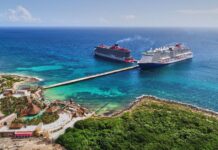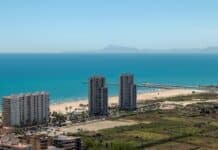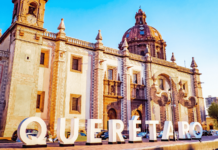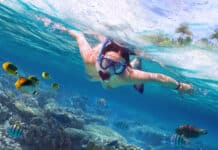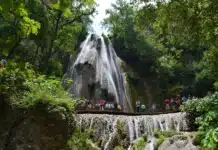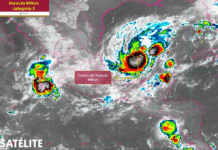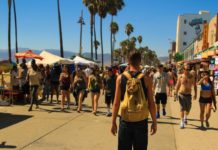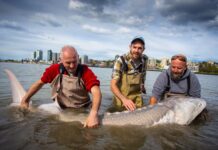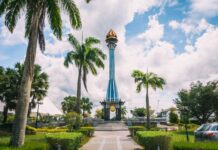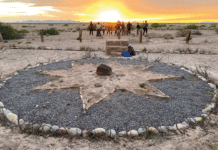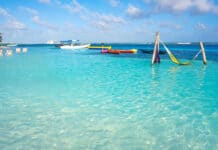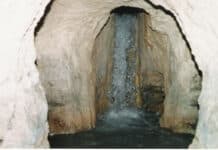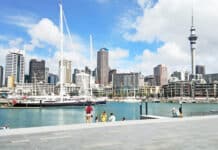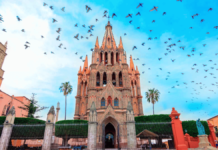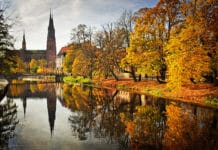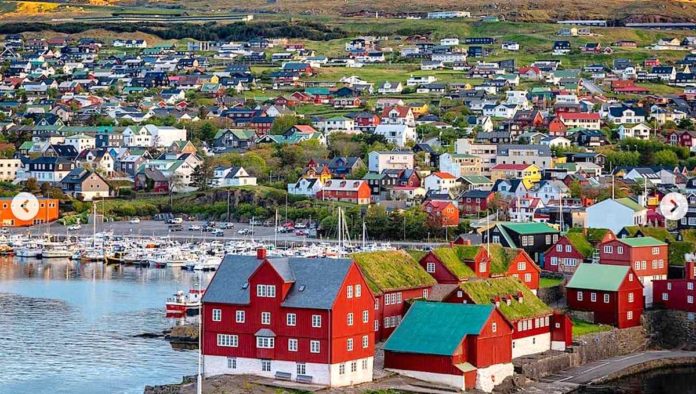Hay un lugar más remoto que la isla de Pascua. Sentimos desilusionarte, pero el archipiélago Tristán de Acuña es la ciudad habitada que con creces mantiene este título hasta hoy. Rodeada de muros de agua, en medio del océano Atlántico, a 3 mil 360 kilómetros de Sudamérica y a 2 mil 816 de Sudáfrica, a esta isla descubierta en 1506 por el navegante portugués Tristão da Cunha sólo se puede llegar en barco.
Luego de navegar en velero unos 18 días desde Ciudad del Cabo, en Sudáfrica, o unos 6 días en una embarcación mediana, se divisa a lo lejos el archipiélago de Tristán de Acuña. A éste no se puede llegar en avión porque su terreno montañoso y de origen volcánico es tremendamente accidentado, con acantilados de más de 500 metros de altura.
Lee también Sidney, una ciudad completamente “verde”
La capital, único lugar habitado del conjunto de islas con unos 300 habitantes aproximadamente, tiene el pequeño nombre de Edimburgo de los Siete Mares. Y empezó en realidad a ser habitado hasta a principios del siglo XIX, cuando fue anexionada por Reino Unido.
Actividades en Tristán de Acuña
Hay una buena noticia para los viajeros bohemios: en la isla principal se consume bastante whisky y hay también innumerables langostas para degustar. De hecho, la venta de este crustáceo es una de las principales actividades económicas. También existe The Coffe of Tristan y The Albatros Bar.
Una curiosidad destaca de Tristán de Acuña cuando se empieza a hablar con sus habitantes: prácticamente todos tienen algún parentesco, en menor o mayor grado, porque sólo hay 8 apellidos en el lugar. Los colonos llegaron de Escocia, Estados Unidos, Holanda, Italia e Inglaterra.
Los alrededores
Pero el paisaje virgen que puedes observar casi en cualquier dirección no es el único atractivo. De hecho, dentro del archipiélago quizá puedas observar la isla Nightingale, donde reside el volcán Queen Mary, con 2 mil 62 metros de altitud. Eso sí, de lejos y con mucha precaución porque se mantiene activo.
Lee también Conoce Meteora, la ciudad de los monasterios en el cielo
Tristán de Acuña tiene un célebre pasado literario, pues ha sido mencionado en obras célebres como Las aventuras de Arthur Gordon Pym, de Edgar Allan Poe, Un capitán de 15 años, de Julio Verne, y El rey del aire, de Emilio Salgari, que transcurren la isla Inaccesible, perteneciente al archipiélago.
¿Cómo llegar?
Cruceros turísticos provenientes de Argentina, barcos pesqueros o en el Agulhas, una nave que hace conexión con Ciudad del Cabo.

